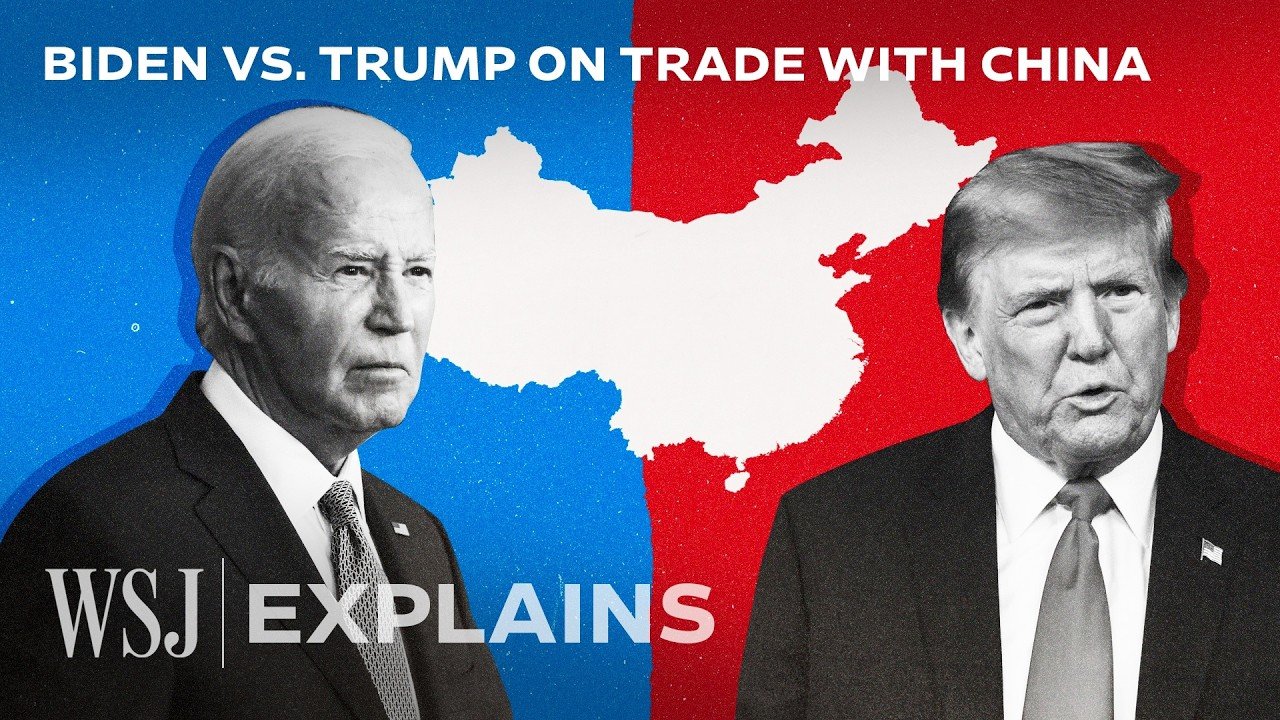- Both President Biden and former President Trump aim to reduce U.S. dependency on Chinese imports, albeit with different strategies.
- China’s entry into the World Trade Organization in 2001 marked a turning point in trade relations, leading to a surge in U.S. imports from China and a decline in U.S. manufacturing employment.
- Trump implemented tariffs on approximately $360 billion worth of Chinese imports in 2018, fundamentally changing U.S. trade dynamics with China.
- Biden has maintained Trump’s tariffs and introduced increases on specific products, arguing they are targeted measures to bolster domestic industries against unfair Chinese practices.
- The video highlights concerns over the burden of tariffs on American consumers, particularly low-income households, and debates who bears the cost.
- Trump suggests imposing a tariff of up to 200% on certain imports if reelected, whereas Biden’s campaign hints at a more targeted approach to tariffs, focusing on protecting American workers and industries.
- There’s an acknowledgment of the European Union as a significant player in global trade dynamics, sharing some U.S. concerns about China but hesitant to fully align with American tariff policies.
- The video concludes with the notion that, regardless of the election outcome, there is a fundamental shift in how U.S. leadership views trade and manufacturing policy concerning China, emphasizing a move towards more domestic production and reduced reliance on imports.
The Wall Street Journal is an American business and economic-focused international daily newspaper based in New York City. The Journal is published six days a week by Dow Jones & Company, a division of News Corp.
AllSides Media Bias Rating: Center
https://www.allsides.com/news-source/wall-street-journal-media-bias
Official website: https://www.wsj.com
Original video here.
This summary has been generated by AI.

Leave a Reply